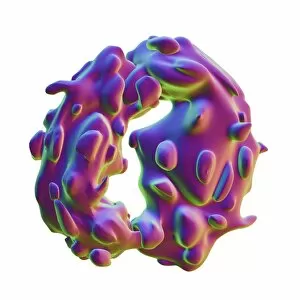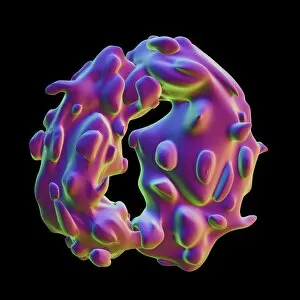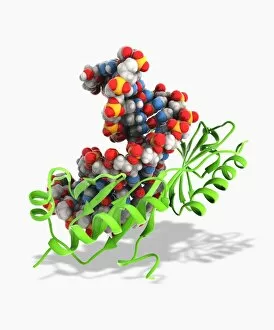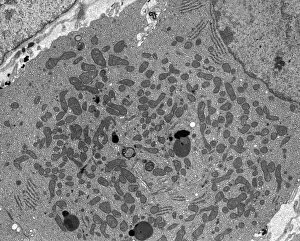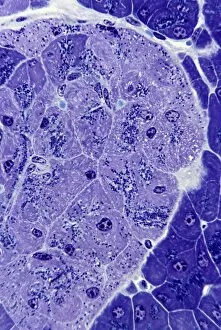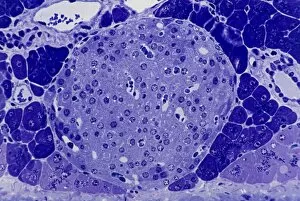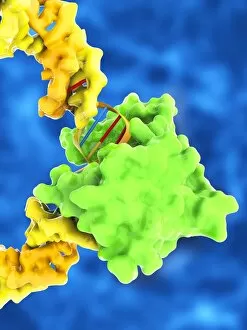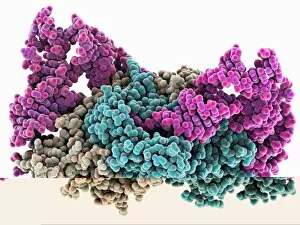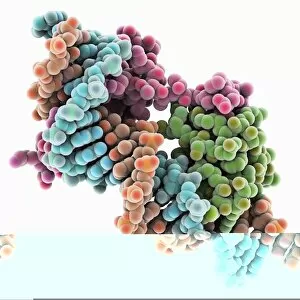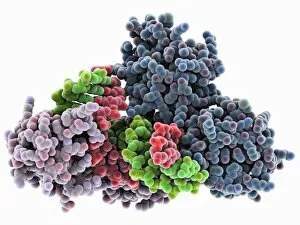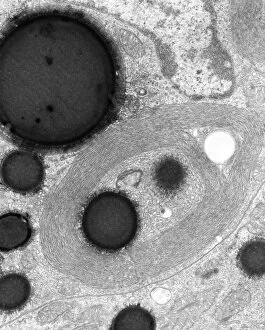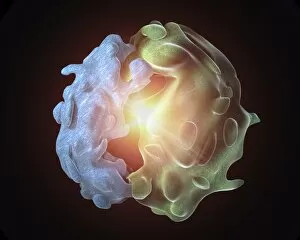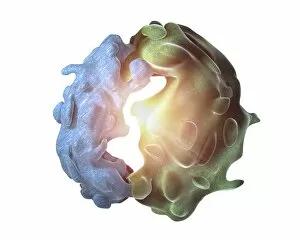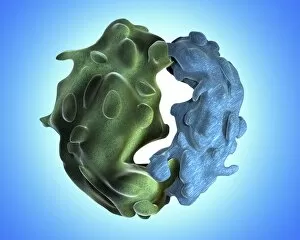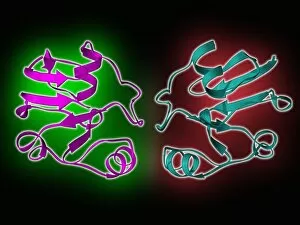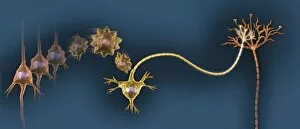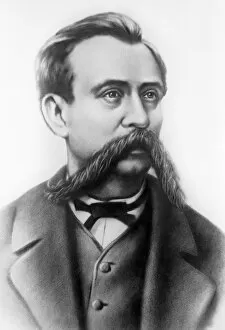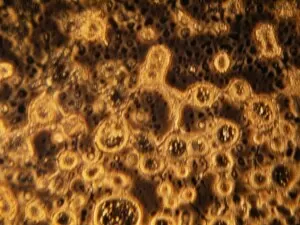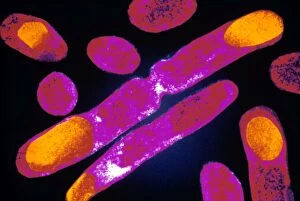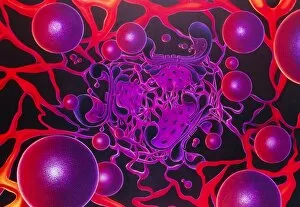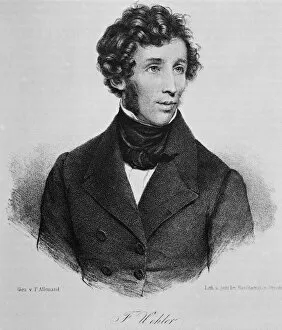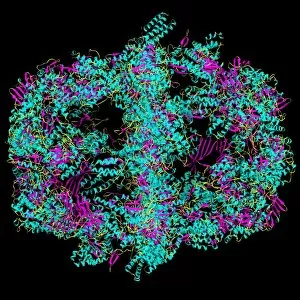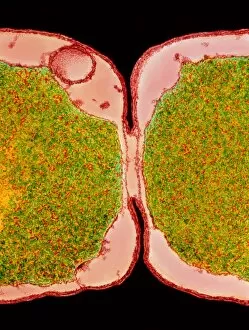Synthesis Collection (#2)
"Synthesis: Unveiling the Marvels of Creation" In the realm of biology, synthesis takes center stage as plasma cells orchestrate a symphony of immune responses
For sale as Licensed Images
Choose your image, Select your licence and Download the media
"Synthesis: Unveiling the Marvels of Creation" In the realm of biology, synthesis takes center stage as plasma cells orchestrate a symphony of immune responses. Through their intricate dance, these specialized cells produce antibodies that safeguard our bodies from harmful invaders. Under the watchful gaze of a transmission electron microscope (TEM), we witness this mesmerizing process unfold, revealing nature's remarkable ability to defend and heal. Meanwhile, in the realm of artistry, synthesis manifests itself in captivating ways. Collagen synthesis and assembly become an artistic masterpiece as fibers intertwine to form structures that provide strength and resilience to our skin, bones, and tendons. Like skilled painters meticulously crafting their artwork stroke by stroke, our bodies weave together beauty and functionality. As night falls over Tokyo's vibrant skyline, another kind takes place amidst a breathtaking display. The towering Tokyo Skytree becomes a canvas for fireworks bursting with color and light - an ephemeral fusion between man-made spectacle and natural wonder. In those fleeting moments, Japan showcases its mastery in blending tradition with innovation. Beyond biological wonders or artistic endeavors lies yet another facet where synthesis thrives - history captured on canvas. Foster-Brothers' 1894 oil painting immortalizes a poet adorned with laurel leaves leaning against stone; his presence embodies the harmonious union between creativity and wisdom across centuries. Similarly striking is the portrait of a German officer from 1914 - oil strokes capturing both strength and vulnerability within one frame. From microscopic marvels to grand displays in cityscapes or timeless masterpieces on canvas – synthesis permeates every corner of existence. It reminds us that life is not merely about individual elements but rather about how they seamlessly blend together into something greater than themselves – creating harmony out of diversity. So let us embrace this concept wholeheartedly; let us celebrate the power behind synergy as it fuels progress in science, artistry, culture - ultimately shaping humanity's collective journey.

